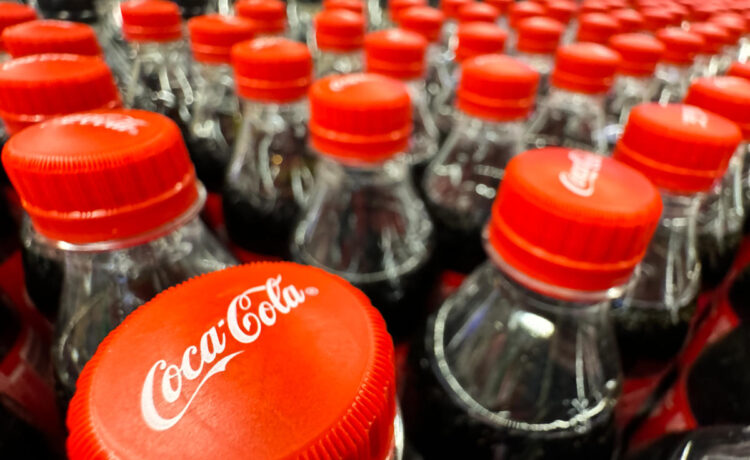This is The Takeaway from today’s Morning Brief, which you can sign up to receive in your inbox every morning along with:
Today’s Takeaway is by Julie Hyman, Anchor.
“2023 was spent asking questions about AI; 2024 is about finding answers.”
That was from Brent Thill of Jefferies in a note to investors last month.
If AI had its “hype year” in 2003, he told Yahoo Finance in an interview, “2024 will be the start of the implementation, and 2025 will really be the revenue year.”
We’ve heard versions of this outline from many strategists: We are now in the “show me” phase of AI.
Thill was mostly talking about the tech companies, like Alphabet and Amazon, that he covers. While the AI-led boost to demand for Nvidia and Big Tech seems clear — or, at least, clearer — the broader knock-on effects are only beginning to be understood and quantified.
The original consumer-led enthusiasm around generative AI, spurred by the public release of ChatGPT, is being replaced by a more practical view of the new wave of AI.
Take Coca-Cola (KO) as one example.
The beverage giant just announced it’s paying Microsoft $1.1 billion over the next five years and plans to use Microsoft’s Copilot to try to boost productivity.
“The company is currently exploring the use of generative AI-powered digital assistants on Azure OpenAI Service to help employees improve customer experiences, streamline operations, foster innovation, gain a competitive advantage, boost efficiency and uncover new growth opportunities,” Coca-Cola said in a statement.
Quest Diagnostics (DGX) CEO Jim Davis gave concrete examples on his company’s conference call of how it’s using AI: “During the quarter, we continued to deploy automation and AI to improve productivity as well as service levels and quality. For instance, we make progress creating what we term a digital front door, which will use AI in our website and service center kiosks to answer basic questions from patients, reducing workload on phlebotomists and calls to our customer service team.”
Corporate software packages — more expensive, surely, for companies — may not be the moonshot order of magnitude productivity change some investors might hope for. (We are talking about a soft drink company and a consumer-facing medical testing service!) But better software may make some of the busywork smoother, better, and cheaper.
Then there’s the ripple effect the demand for AI is causing for other seemingly unrelated industries.
Here’s Halliburton’s (HAL) CEO on his earnings call: “Clearly, AI consumes more power than traditional data centers. It is a secular trend towards demanding more power, and that can only be good for our industry and for Halliburton.”
Obviously, companies are still talking about AI. According to FactSet, 179 S&P 500 companies cited “AI” in their fourth quarter earnings calls, compared with 120 in the first quarter of 2023. From March 15 through Monday, the tally stood at 23 — and that’s before we get into the bulk of Big Tech numbers.
But the flavor of what they’re saying is changing. Investors should pay attention.
Click here for in-depth analysis of the latest stock market news and events moving stock prices.
Read the latest financial and business news from Yahoo Finance

















